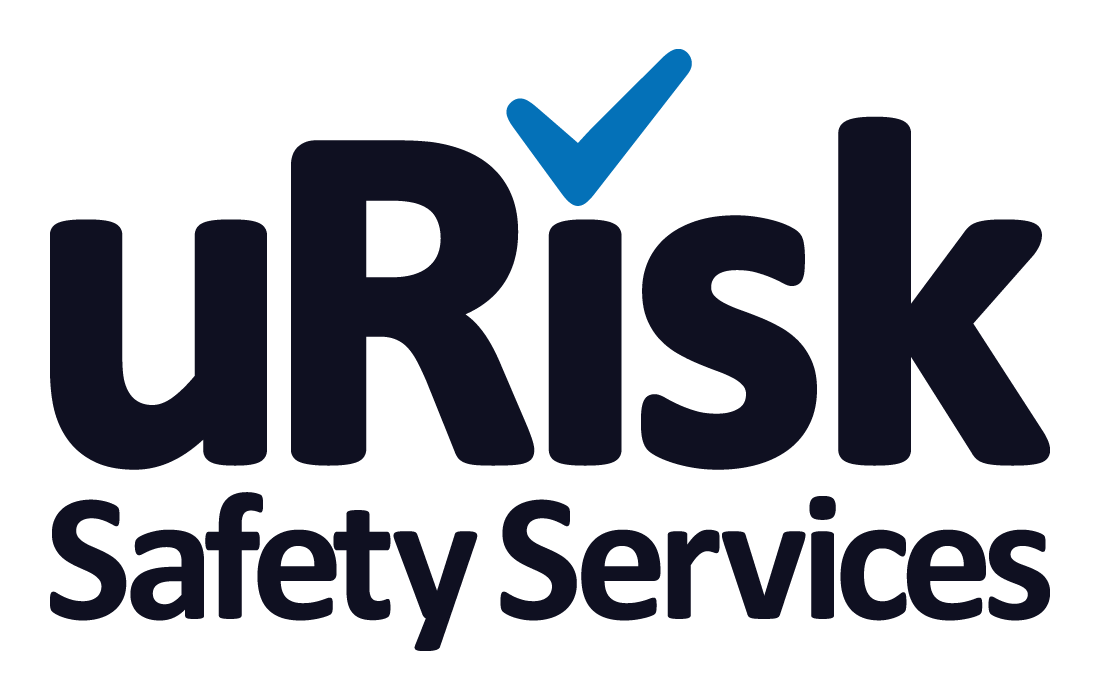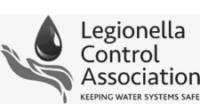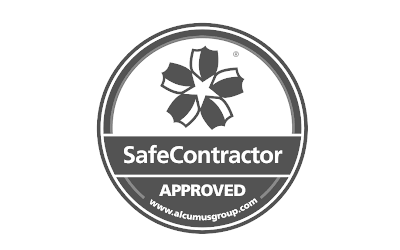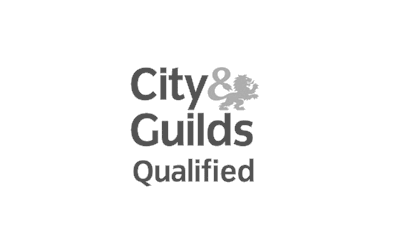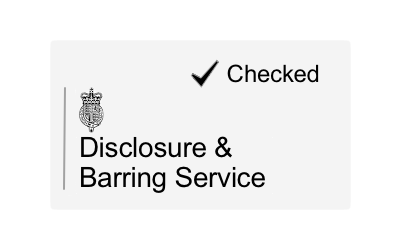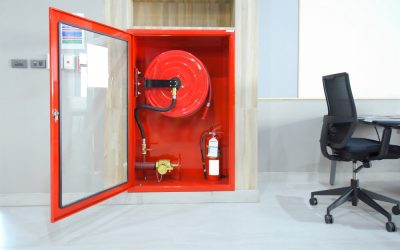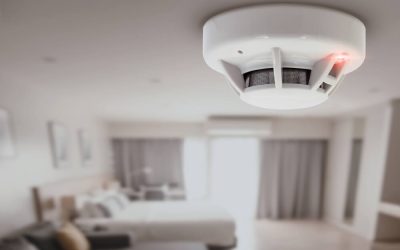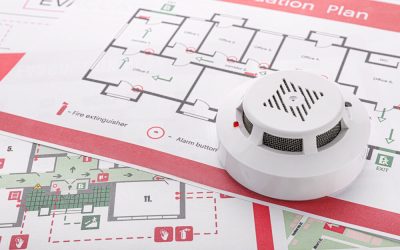What is the most common way of contracting legionella?
The bacterium legionella pneumophila and related bacteria are common in natural water sources such as ponds, rivers, lakes and reservoirs. However, the conditions in these sources are very rarely optimum for the bacteria to thrive, so it is uncommon for people to catch a disease from this point of supply. The bacteria can also be located in purpose-built water systems such as air conditioning units, evaporative condensers, hot and cold water systems and spa pools. If conditions are favourable, the Legionella bacteria can multiply in these sources increasing the risks of Legionnaires’ disease, and it is therefore exceptionally important to control the risks by introducing appropriate measures.
According to the NHS website, ‘Legionnaires’ disease is a lung infection you can catch by inhaling droplets of water from things like air conditioning or hot tubs. It’s uncommon but can be very serious.’ Legionnaires’ disease is a potentially fatal form of pneumonia, and everyone is susceptible to infection.
The risk of contracting the illness increases with age; however, some people are at higher risk. These include:
● smokers and heavy drinkers
● people suffering from chronic respiratory or kidney disease
● people suffering from diabetes, lung disease or heart disease
● anyone with an impaired immune system
Legionnaires is quite rare in the UK, with approximately 300 to 500 reported cases in England and Wales each year, and in nearly half of these cases, the patient contracted the illness when travelling abroad. According to statistics, men are more susceptible than women, and although it can affect all age groups, the majority of people who contract Legionnaires’ disease are aged 45 or above.
So how is legionella spread?
It is reported that the most common way Legionella is spread is via the inhalation of small droplets of water (aerosols), suspended in the air, containing the bacteria. Sources of aerosols that have been linked with the transmission of Legionella include showers, taps, spa baths, hot tubs and whirlpools, household plumbing, hot and cold water systems in buildings, air conditioning systems, cooling towers, humidifiers, ice machines, airplanes and potting compost.
Less commonly, infection can also occur by the aspiration of contaminated drinking water or ice. This happens when contaminated water accidentally enters into the respiratory system while drinking. People at increased risk of infection aspiration include those with swallowing difficulties, particularly in susceptible hospital patients, those with weakened immune systems and the elderly. It can also occur in babies that are exposed to the legionella bacteria during water births. The most common form of infection is airborne, there is currently no evidence that legionella is contracted via direct human-to-human interaction.
Applying control measures to minimise the growth of Legionella and dissemination of aerosols will assist with the prevention of Legionnaires’ disease. These measures include good maintenance of devices, including regular cleaning and disinfection, and applying other physical (temperature) or chemical (biocide) measures to minimise growth. Applying such controls will greatly reduce the risk of Legionella contamination and prevent the occurrence of sporadic cases and outbreaks.
Legionella and Water Hygiene Blog Posts
Office Fire Risk Assessment
As you would expect, keeping your office safe from the risk of fire is a legal requirement under the Regulatory Reform (Fire Safety) Order 2005. If you are the owner or manager of a business, or landlord of an office building, it is your responsibility to ensure your...
Fire Risk Assessment For Flats
Your legal requirements as a landlord include taking precautions to keep your tenants safe, including when it comes to the risk of fire in flats. As part of the fire safety regulations, fire risk assessments for flats is therefore part of your legal obligation to...
Getting A Risk Assessment For Fire in the UK
As an employer, landlord or facilities manager, it is your legal responsibility to keep everyone who uses your premises safe. A fire risk assessment is an important part of this because it identifies what might cause a fire so you can take steps to prevent one, as...
